Wine Enthusiast |
| More than Mugs: A User’s Guide to Beer Glasses Posted: 01 Jul 2021 05:00 AM PDT  Beer deserves better than the shaker pint glass. A bar and taproom staple, 16-ounce shaker glasses are best for mixing drinks. They became the go-to for beer because they're inexpensive, durable and can be stacked to save space. "The proportions are terrible," says Matthew Cummings, owner and founder of Pretentious Glass Co. in Knoxville, Tennessee. "It doesn't let a beer retain its head. It probably even makes Coca-Cola taste worse." Cummings, who also owns a small brewery, Pretentious Beer Co., is an artisanal glass maker. He says he creates thoughtful, ergonomic designs that increase the positive attributes of different beer styles. "You want a glass that will enhance, not dull, a beer," he says. Glasses with the proper circumference at the top allow aromas to escape and help stouts taste more roasty, IPAs more hoppy and Hefeweizens more wheaty. Glasses that are too thick can retain heat and stunt the beer's flavors. Poor-quality glassware can hold stains and make a beer appear discolored. A thin yet durable goblet with a stem to prevent heat transfer is a solid, everyday option for nearly every style of beer. Fusion Air Short Stem Taste Glasses are used for all blind tastings at Wine Enthusiast, including those for beer. Glassware should always be clean. A cold water rinse inside the glass to remove any dust or residue should be a common practice. If carbonation sticks to the inside of a glass, anything from soap or hard water spots to food residue may cling to the surface. A non-petroleum-based soap helps prevent buildup. Over the centuries, different glassware emerged alongside the creation, popularity or development of particular beer styles. In some cases, it helps presentation. In others, it benefits aromas.
Regardless of the glassware, it's important to keep some space between the beer and the top of the glass. This helps build and deliver all-important aromatics. Beer drinking is a personal experience. Cummings says that whether it's the fanciest crystal or an old jelly jar, if it feels good, does its job and evokes a happy feeling in the hand, then it's the right glass for the job. Here are some to consider for your next pour. Stange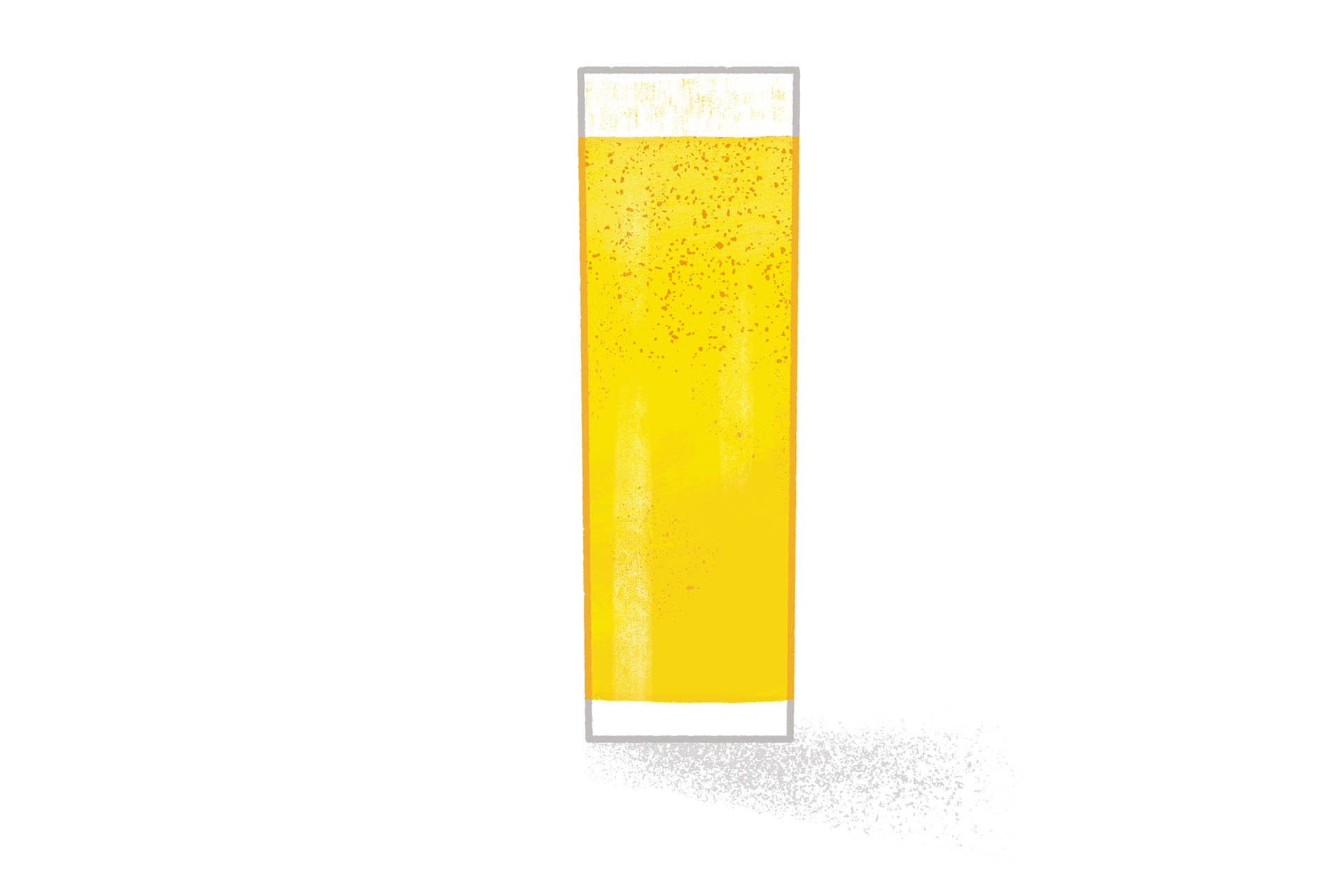 The official glass of Kölsch, this long, thin cylinder helps concentrate carbonation like a Champagne flute. Often delicate, they're immediately recognizable on a bar full of clunkier glassware. Willi Becher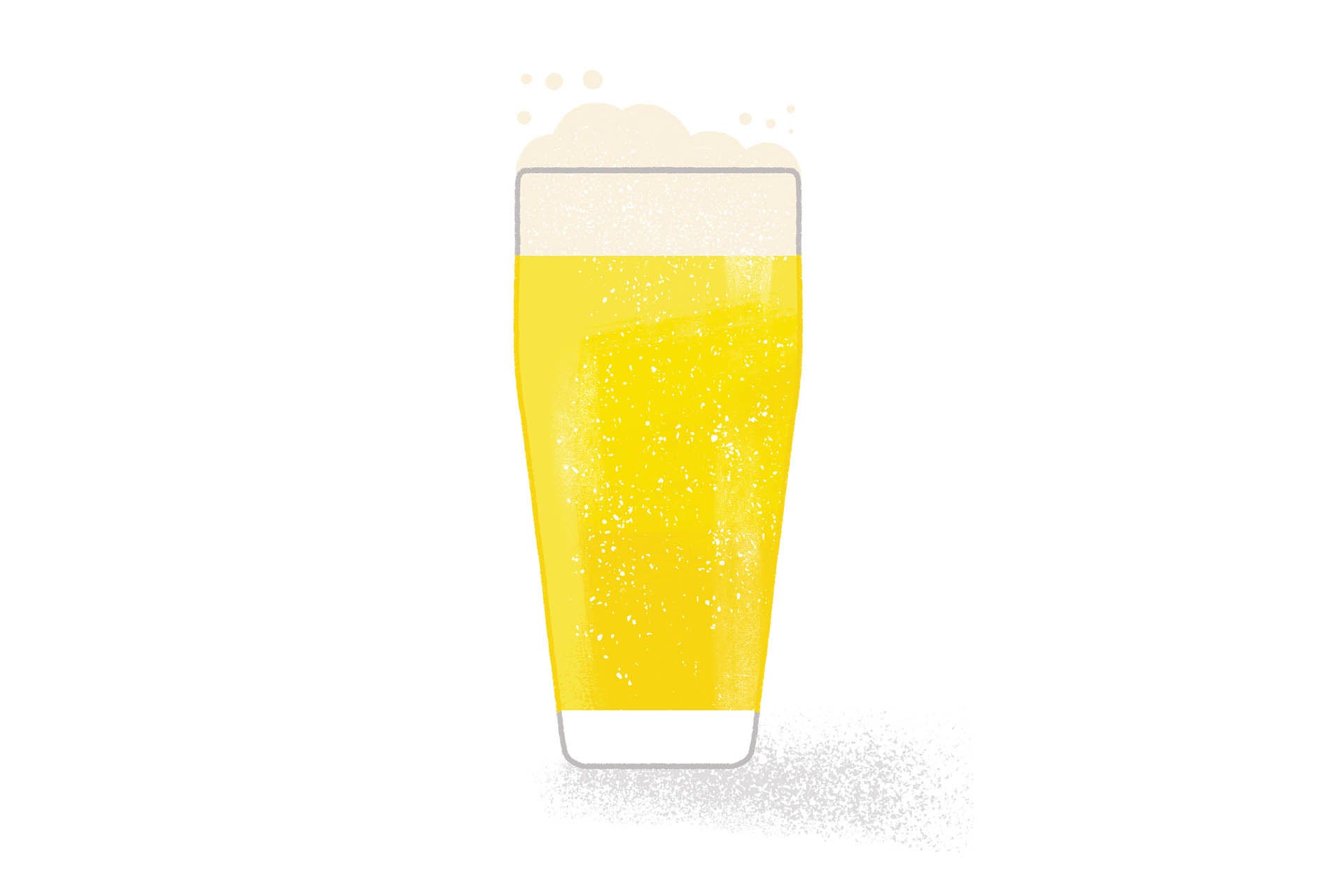 A pint glass with a Ph.D, this glass has a traditional look and solid feel, with some chic curves and a tapered design that helps beers retain their head. Sleek and appealing, breweries that use these glasses pay attention to the important details. Pilsner Mug Proper pours of Pilsner or lager, especially European versions, benefit from a heavy-bottomed, thick-handled, dimpled mug like a Praha. Often designed to hold upward of 20 ounces, this wide-mouth behemoth brings heft to often light-tasting beers. It makes a satisfying clink when tapped with another at the bottom, and a resounding thud when placed back on the bar. Wheat Glass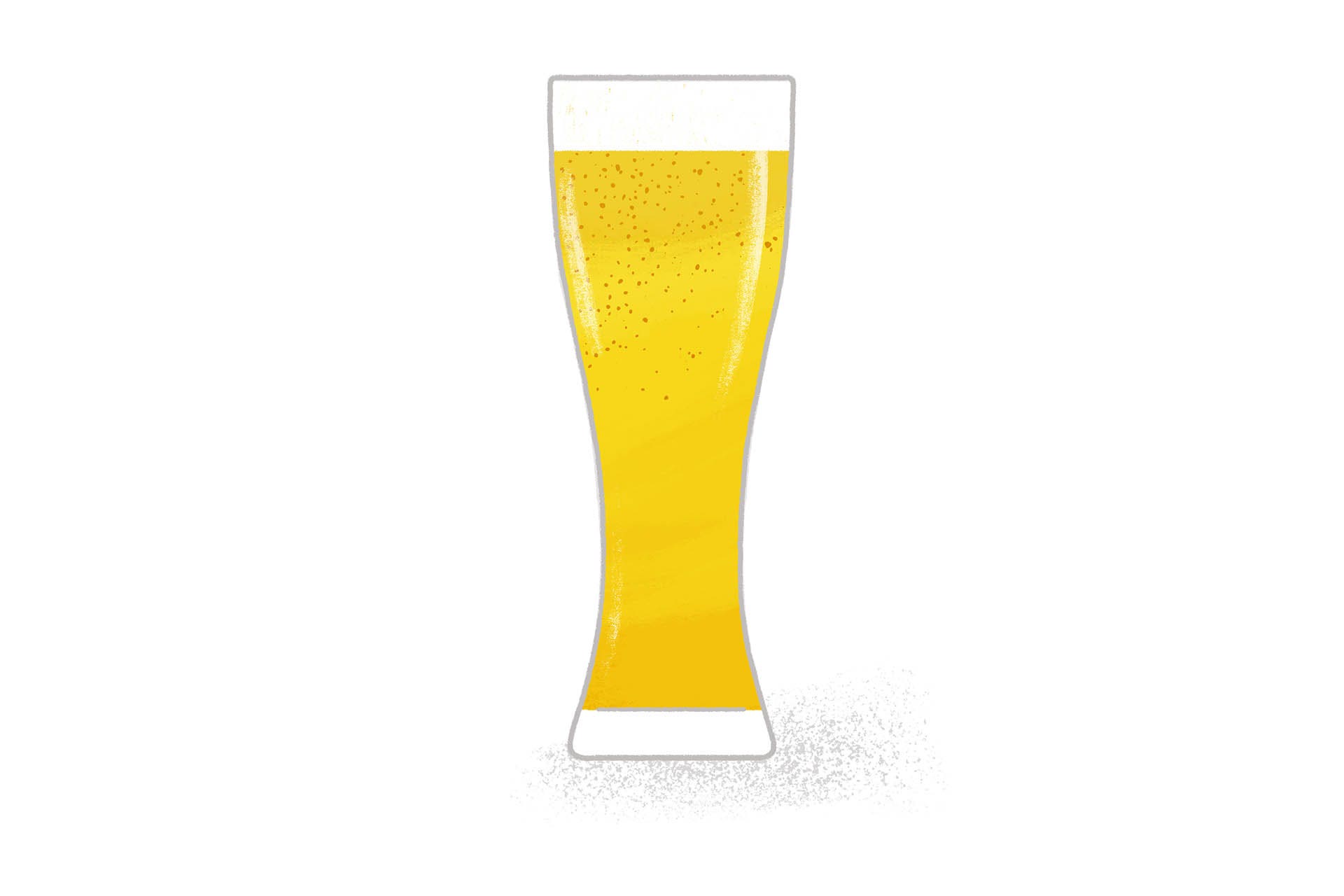 Immediately recognizable, wheat glasses have a small base that opens up into a bulb with a moderately narrow mouth. A staple of Bavarian wheat beers like hefeweizen and weizenbock, these concentrate carbonation at the bottom, push aromas into the bulb and allow a proper head to build. The rims of these glasses are often adorned with a citrus wedge. Teku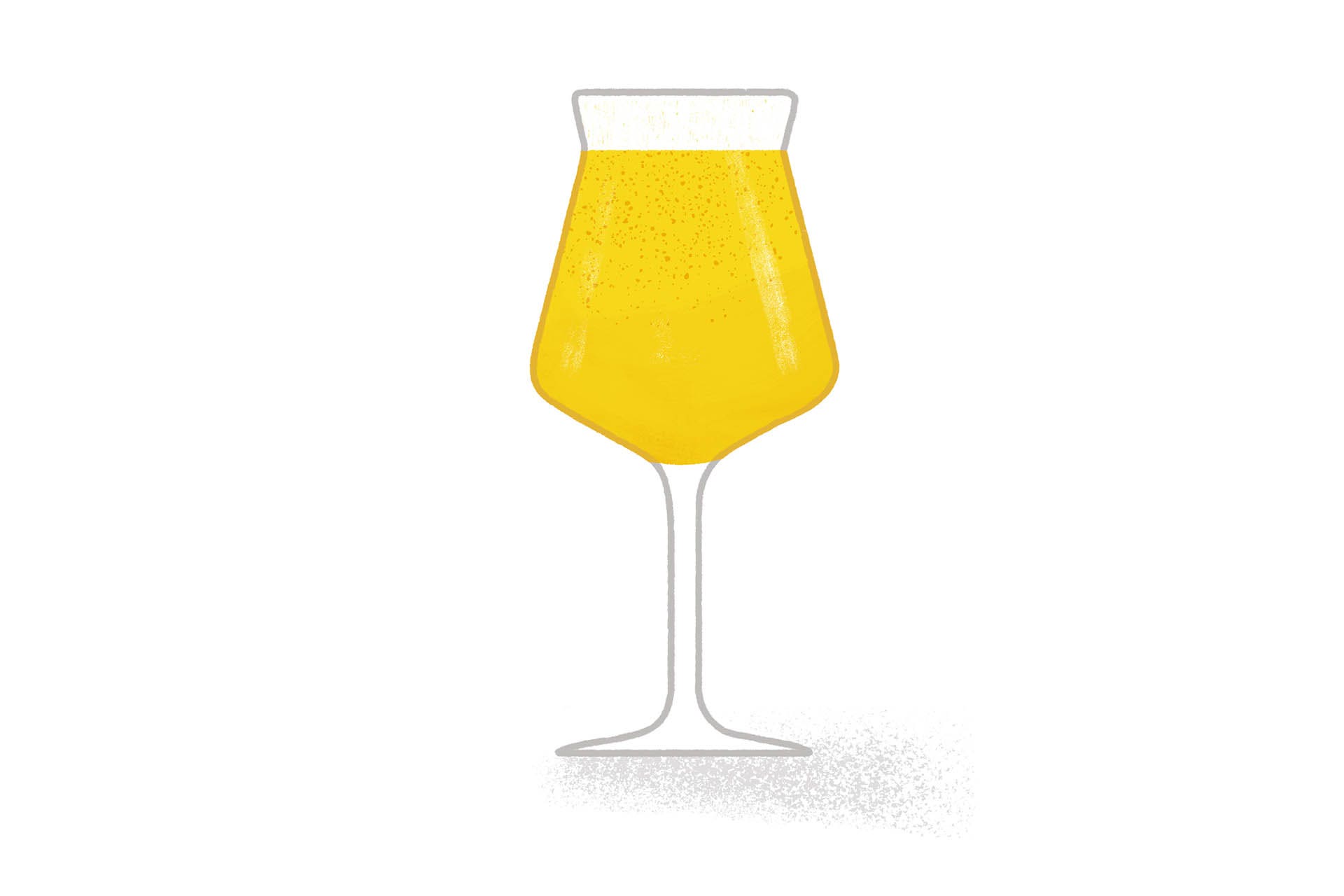 A relatively new glass shape, this elegant, stemmed affair has an angular bowl and curved lip. Its engaging design brings an air of sophistication to beer, which makes it ideal for saisons, oenobiers and everyday drinking. Harmony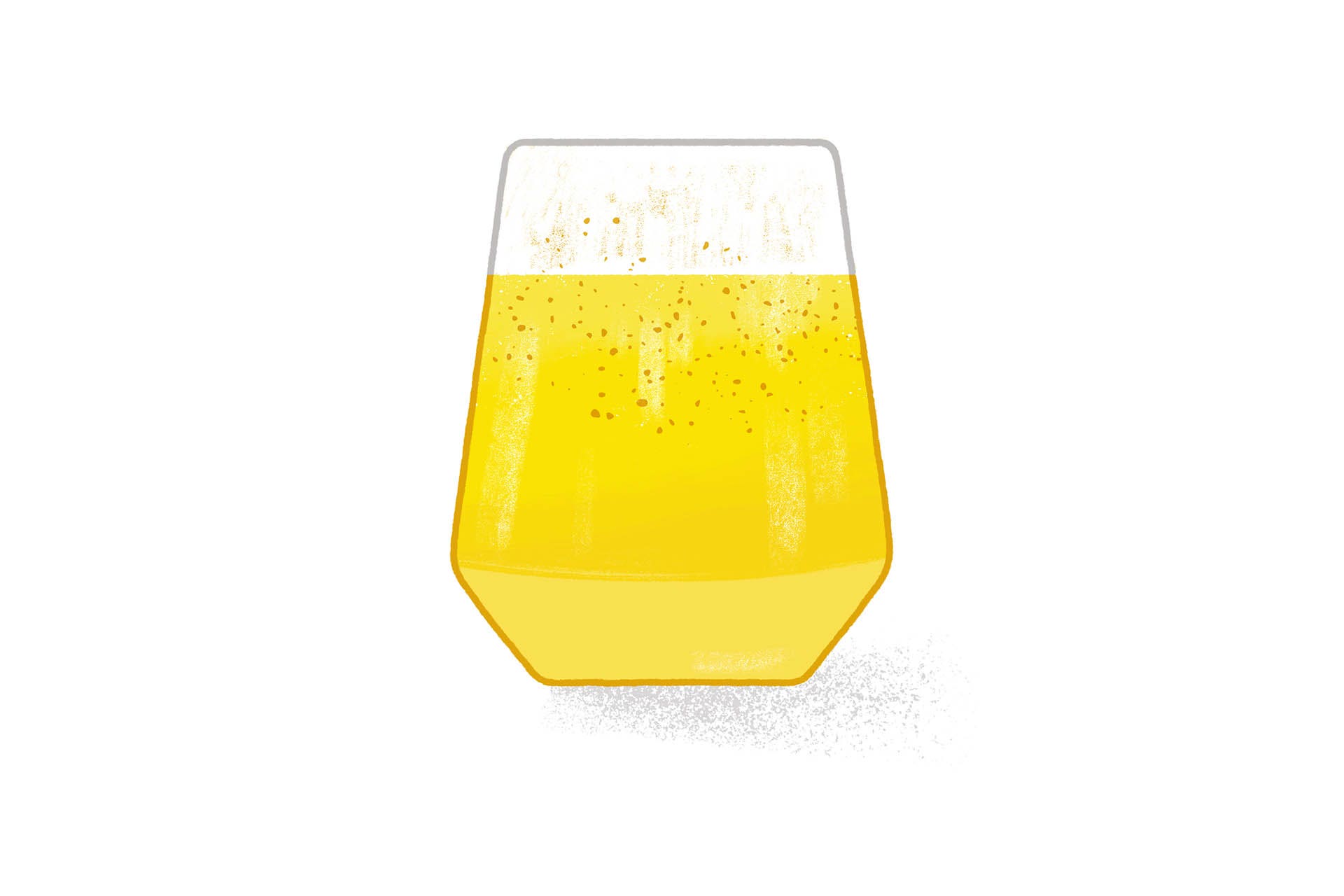 Another relatively new option, this resembles a stemless red wine glass. The wide bottom and tapered top help concentrate aromas. It's popular for stouts, porters, barleywines and other rich, robust beers where a little warming can release additional flavors. We Recommend: |
| ‘We Are Not Constrained by Tradition’: The Budding Wine Scene in Fredericksburg, Texas Posted: 01 Jul 2021 04:03 AM PDT  The 19th-century German settlers in the Pedernales Valley region of Texas Hill Country left two enduring traditions: a rich agricultural heritage and a spirit of being "fun-loving, and hardworking," wrote historian Terry G. Jordan in The Texas State Historical Association. Fredericksburg is in the heart of Texas Hill Country, and it's in a renaissance. It has produced wine commercially for 40 or so years, and recent arrivals explore the terroir of the area, located about 80 miles from Austin and San Antonio. "Texas is larger than France, but [the AVAs] still kind of get lumped together as 'Texas,'" says Mike Nelson, winemaker at Ab Astris. "The Texas High Plains are much further away from Texas Hill Country than Bordeaux is to Burgundy. Some grapes do better in the High Plains, and others appreciate the hotter climate we have here in the Hill Country."  Enterprising winemakers explore grape cloning and emphasize lesser-known Portuguese varieties and single-varietal Rhône and Italian wines to express the terroir. The Hill Country soil derives from an ancient limestone seabed from the Late Cretaceous period. The terrain, coupled with an accelerated growing season that often combines autumn and late-spring frosts with hot summer temperatures, has resulted in some trial and error for winemakers. Early proponents of Fredericksburg's potential include the Kuhlken family of Pedernales Cellars. Julie Kuhlken's parents began to grow grapes in the 1990s, with a focus on popular international varieties like Cabernet Sauvignon, Merlot, Chardonnay and Sauvignon Blanc. "The reality was, the whites were a disaster," Kuhlken, the co-founder and chief marketing and hospitality officer of Pedernales, says of some of the early wines. "The Merlot had a reasonably good flavor profile. We don’t have a long enough growing season, and so you end up with this really green version of Cab." In 2005, she and her brother, David, who serves as cofounder, president and winemaker at Pedernales, found that warm-weather Tempranillo thrived in the Hill Country's shorter growing season. "It was not as obvious as it seems now that Tempranillo would be a big hit here," she says. "But Texas had to and has to experiment in order to discover the varieties that really do well."  Pedernales Cellars is known for Tempranillos, Viogniers and Rhône-style blends. Recently, the winery introduced a signature series of single-varietal wines. It also experimented with a Beaujolais Nouveau-style Carignan. A new sparkling rosé pétillant naturel is in its third vintage. Other members of Fredericksburg's wine community arrived more recently. Andre Boada is the founder of VinoCadre, a consultancy firm that curates private tastings and advises winemakers on soil pH, harvesting, varietals, pricing and winemaking. In 2019, Boada came from Sonoma County to work with the 60-acre vineyard and winery Augusta Vin in Fredericksburg. "[Fredericksburg] kind of reminds me of Sonoma County in the 1980s and 1990s," says Boada. "There were roughly 80 wineries there, and then all of a sudden it grew to 400. Right now, in Texas Hill Country there are about 80 wineries, and 40 more are permitted for next year." Among them are Andy and Elena Bilger, founders and grape growers of Adega Vinho, who began planting their vineyards in 2017. Not long after, Andy’s brother Mike joined the team as a co-owner, grape grower and head winemaker. "Touriga Nacional seems to love growing at our site, and we love Touriga Nacional," says Mike. "The estate vines love the clay rich limestone soils of the Pedernales River Basin." Other Portuguese varietals like Arinto and Alvarinho are thriving. The Bilgers also craft a rosé of Mourvèdre in the Provence style: whole cluster-pressed, barrel-fermented and cellared on lees.  Mitchell Sharrock, chef and sommelier of Ab Astris Winery, where the first vines were planted in 2018, feels that Texas winemakers are "balancing what is possible within the terroir and letting the fruit show us what it wants to be, guiding us to wines that showcase the terroir." Ab Astris's 12 estate acres grow Tannat, Clairette Blanche, Souzao, Petite Sirah and Montepulciano. Sharrock is especially excited about how the Clairette Blanche's root systems "dive down into that limestone and pull out the Hill Country terroir." In the future, Sharrock would like to further differentiate Fredericksburg's terroir along the lines of distinguished appellations and subappellations. The goal is to associate different grape varietals and styles of wine with specific places within the expansive Hill Country and High Plains AVAs. Ab Astris' Nelson says that Texas winemaking is, "challenging, but extremely rewarding. "We are not constrained by tradition, like with Syrah in Hermitage, or a longstanding relationship, like Cabernet Sauvignon in Napa," says Nelson. "All we really have to abide by is the climate and other growing challenges in the regions we grow in." Nelson looks to plant Picpoul Blanc, Charbono and Mourvèdre, which Sharrock describes as a "terroir-showcasing varietal," in the near future. The terroir is only part of what inspired Nikhila Narra Davis and Greg Davis to move to Fredericksburg from Dallas in 2017. Narra Davis has operated Narra Vineyards in the Texas High Plains since 2013, and it still supplies grapes for many Texas winemakers. 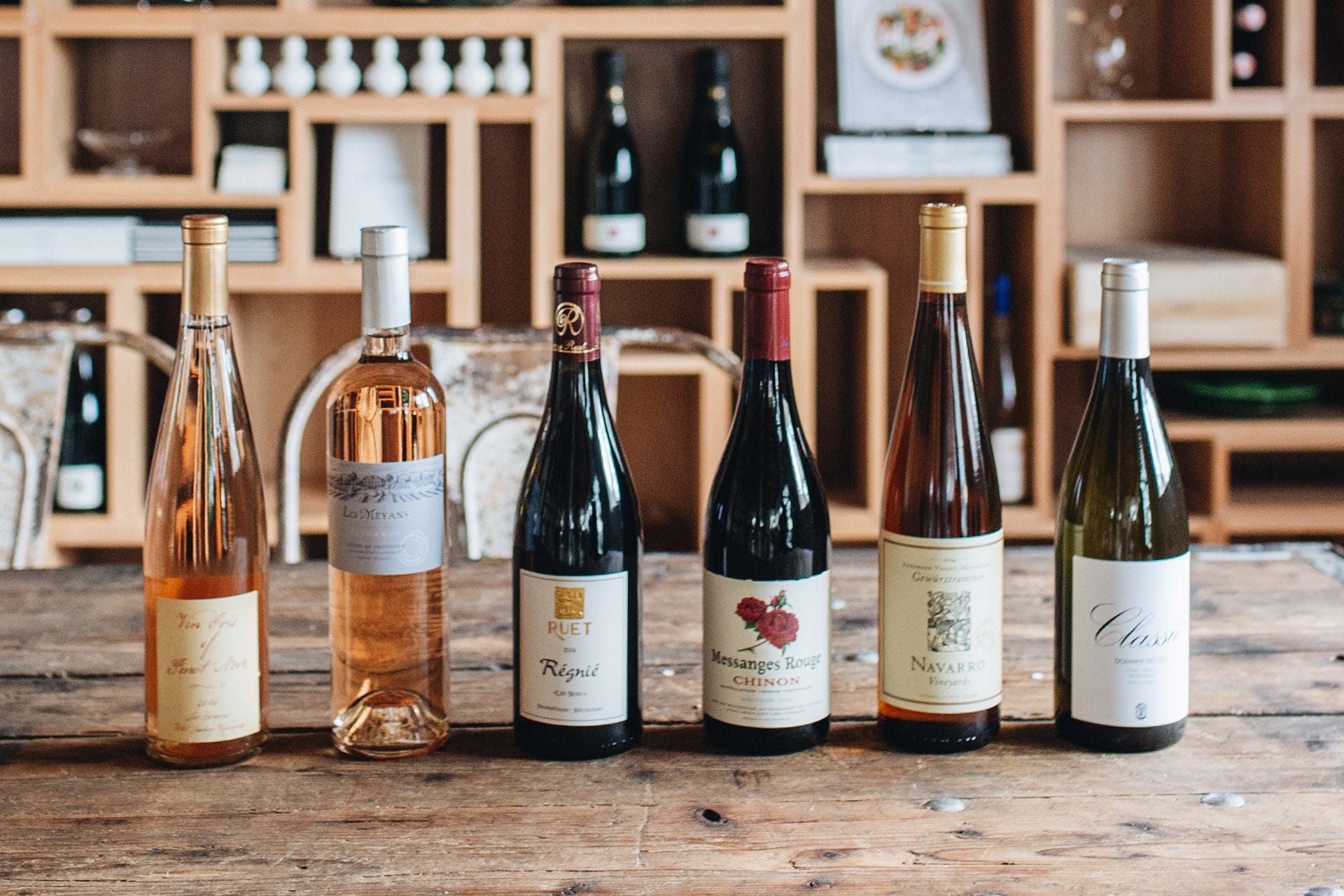 "We debated a lot about opening here, but some of the wineries we sell to have become our mentors, like Ben Calais and Dan at Inwood Estates," she says. "Both suggested we come out this way for the like-mindedness, and if we had any issues or questions, they would be right around the corner." Their winery, Kalasi Cellars, grows 16 to 20 varieties plus different clones, with a focus on traditional varieties in the tasting room. “The idea of staffing a new winery with people that know the industry, and of being part of the up-and-coming wine industry in Texas Hill Country, was part of the appeal,” says Greg Davis. The couple brought a Tannat clone with them to Texas, which Narra Davis says has done very well in the area. “It’s a smaller size berry for the type of clone it is, and it makes a really big, fruit-forward, plummy red wine,” she says. Meanwhile, the story of Signor Vineyards dates to the 1950s, when the Signor and Weisinger families occupied neighboring farm and ranchland in East Texas. Eric Weisinger now cultivates some of Signor's grapes in Oregon, and the label reflects varietal grapes from two domestic American Viticultural Areas (AVAs). Both Ab Astris and Signor Vineyards have piloted pairing programs that feature locally farmed ingredients in Texas. And Kuhlken, of Pedernales Cellars, sees a similar trend. "Tasting rooms are islands of urban experience, where you have a perfect match between a beautiful setting and a comfortable, high-end experience in an indoor space." There's been consistent growth in tourism and the number of quality-minded wineries, says Davis. "A lot of things are working in harmony together." 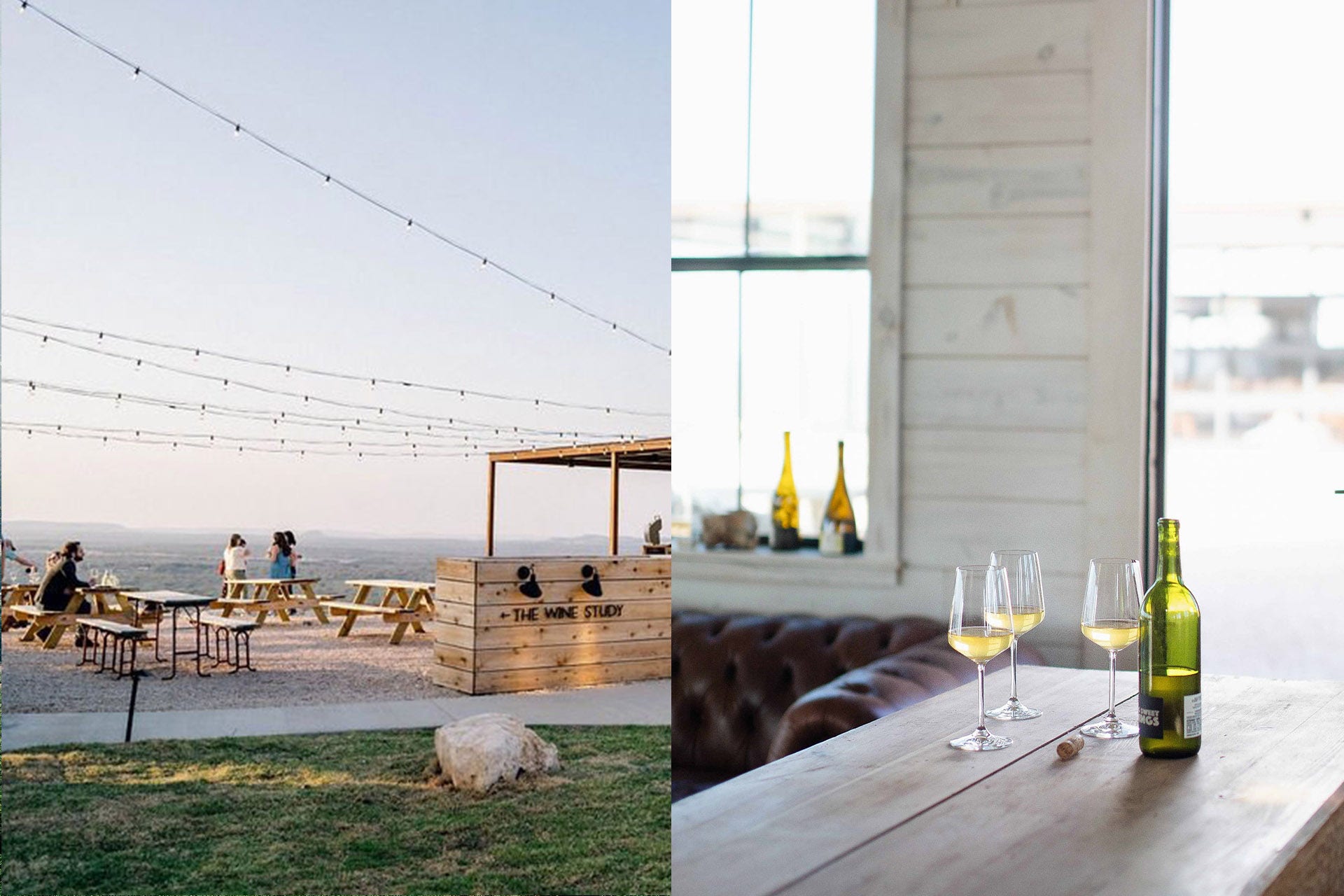 "There has been an increase in education, inter-industry instruction and an influx of talent from other wine regions—domestic and abroad—all of which have contributed to much better wine being poured in this area when compared to 10 or so years ago," says Nelson. "That is only going to continue to improve as the years go by, which is very exciting for those who are enthusiastic about wine in an exciting new(er) wine region." Several area businesses have opened to support, promote and engage the local wine industry. In downtown Fredericksburg, Paula Rester Salinas, beverage director of Sidestreet Hospitality Group, selects wines shaped by sustainability for the tasting room La Bergerie. She recommends Ab Astris's Clairette Blanche, Lost Draw Cellars' Mourvèdre and Southold Farm + Cellars Touriga Nacional. Also in downtown Fredericksburg, Amie Nemec opened Perspective Cellars in 2018 on Main Street. It's located in the birthplace home of Admiral Chester William Nimitz, the commander-in-chief of the U.S. Pacific Fleet during World War II. Perspective's educational pairing focuses on a single variety, where a Texas example is compared to two others cultivated in Old and New World growing regions. Other wineries on Wine Road 290 with tasting rooms in downtown Fredericksburg include Becker Vineyards, Grape Creek Vineyards, Fredericksburg Winery, Fiesta Winery and Narrow Path Winery. "It’s really exciting to see new, young, enthusiastic people come into the industry and want to make good quality Texas wines," says Narra Davis. "They have the drive of serious wine regions, with our own type of Southern hospitality." |
| You are subscribed to email updates from Wine Enthusiast. To stop receiving these emails, you may unsubscribe now. | Email delivery powered by Google |
| Google, 1600 Amphitheatre Parkway, Mountain View, CA 94043, United States | |


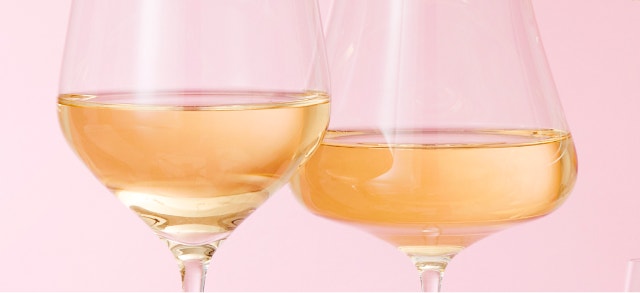
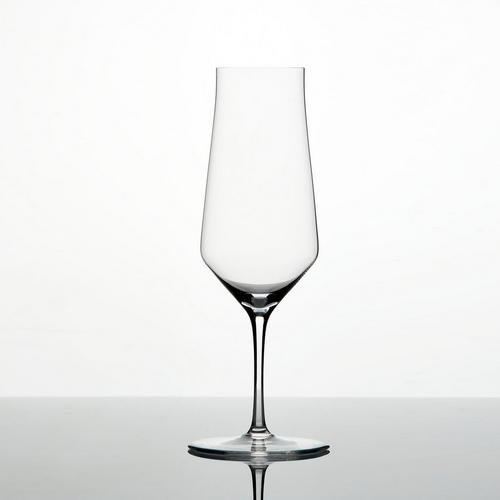
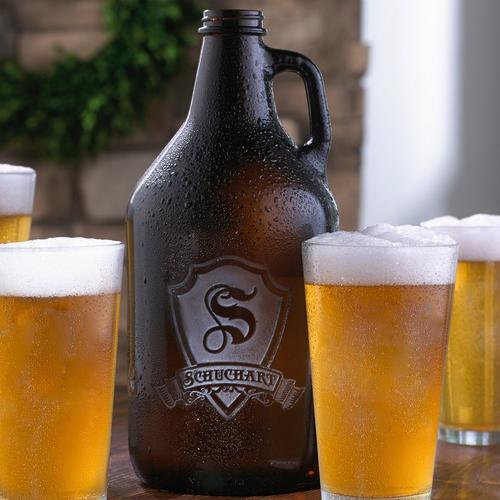














0 comments:
Post a Comment